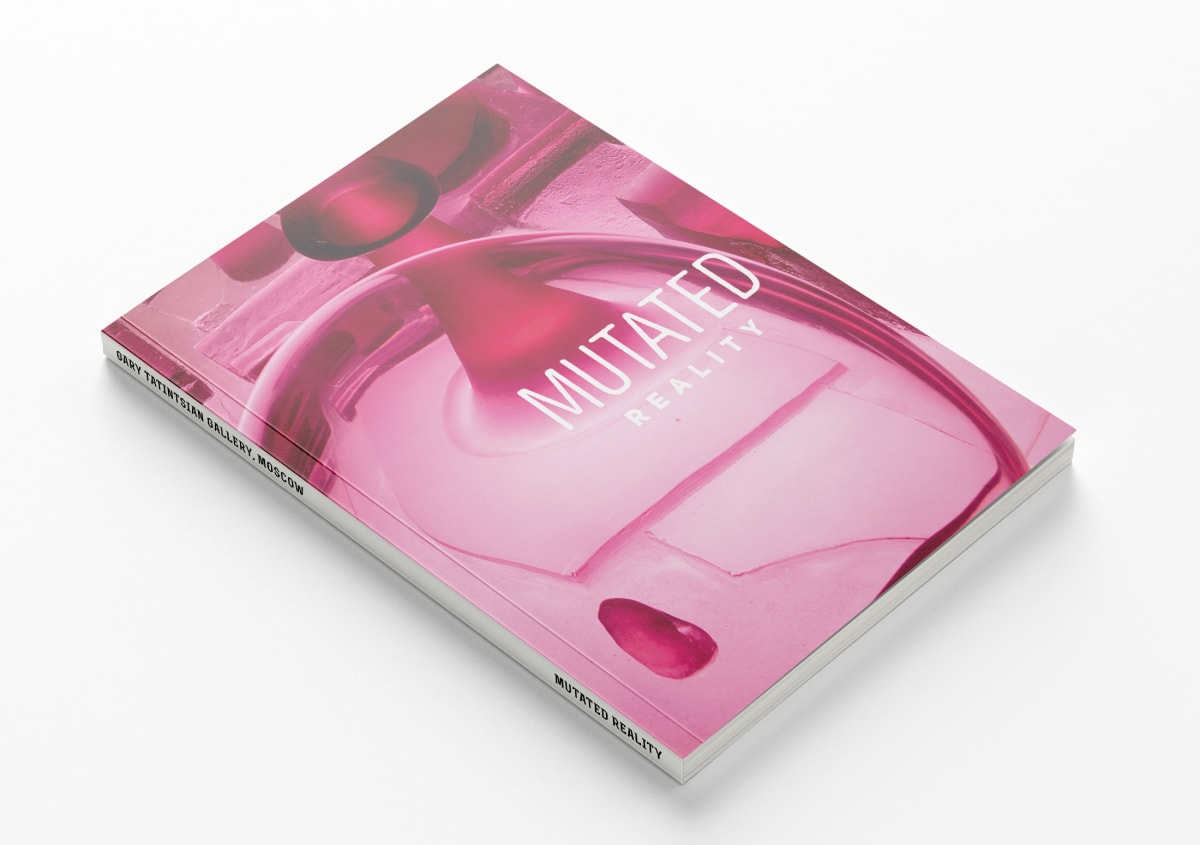Francis Bacon 1909, Dublin, Ireland-1992, Madrid, Spain
-
 Cecil Beaton ‘Francis Bacon in his studio’, 1960 (detail) Photo: Christie’s
Cecil Beaton ‘Francis Bacon in his studio’, 1960 (detail) Photo: Christie’s -
Few artists have left a more visceral imprint on the landscape of contemporary art than Francis Bacon. A painter of raw psychological intensity, he transformed the human figure into a site of existential turmoil, distorting flesh and form to expose the depths of human fragility.
DOWNLOAD CV >
His canvases pulse with anguish, sensuality, and violence, capturing not just the appearance of his subjects but the sensation of their existence. Today, his work remains among the most powerful testaments to the human condition—an unrelenting confrontation with the primal forces of life and death.
Born in 1909 in Dublin, Bacon’s early life was marked by instability and estrangement. Expelled from his home at 16, he drifted between London, Berlin, and Paris, immersing himself in the intellectual and artistic currents of the time. Though largely self-taught, he absorbed the influences of Pablo Picasso, Diego Velázquez, and Nicolas Poussin, as well as the contorted, fleshy forms of Matthias Grünewald. His fascination with photography and film—particularly the sequential studies of motion by Eadweard Muybridge—would later shape the fragmented dynamism of his compositions.
Bacon’s breakthrough came in 1944 with Three Studies for Figures at the Base of a Crucifixion, a work of nightmarish intensity that announced the arrival of a radical new vision in British painting. The twisted, screaming figures in shades of orange and ochre set the tone for a career devoted to the grotesque and the sublime. In the postwar years, he moved within the bohemian circles of London’s Soho, surrounding himself with artistic and literary elite— Lucian Freud, Frank Auerbach, and John Deakin, whose photographs of Bacon’s friends often served as source material for his paintings.
Despite his aversion to formal studies, Bacon drew heavily from art history, reinterpreting Velázquez’s Portrait of Pope Innocent X into a series of ghostly, tormented popes trapped in cages of raw pigment and distortion. He infused his paintings with a cinematic sense of movement, layering figures with smeared flesh tones and streaked backgrounds that suggest both decay and transformation. The studio he maintained at 7 Reece Mews in South Kensington overflowed with torn photographs, paint-splattered walls, and endless fragments of inspiration—an extension of his own obsessive working process.
Throughout his career, Bacon exhibited in some of the world’s most prestigious institutions. His first major retrospective at Tate Britain in 1962 solidified his reputation, and subsequent exhibitions at the Grand Palais in Paris (1971) and the Metropolitan Museum of Art in New York (1975) marked him as a painter of immense international significance. Even in his later years, his work refused to soften—his triptychs from the 1980s, reflecting on love and loss, are some of the most poignant meditations on mortality in modern art.
Bacon’s legacy remains one of the most enduring and influential in modern art, shaping generations of artists and leaving an indelible mark on contemporary visual culture. His uncompromising vision extended beyond painting, resonating in film, photography, and performance art. By dismantling traditional notions of portraiture, he opened new pathways for figurative painting in the postwar era.
"Bacon’s paintings do not illustrate reality; they reveal it, stripping away the veneer of civility to expose the nervous system of human existence.” – David Sylvester, Interviews with Francis Bacon, 1962–1979
-
Выставки
-
Публикации


